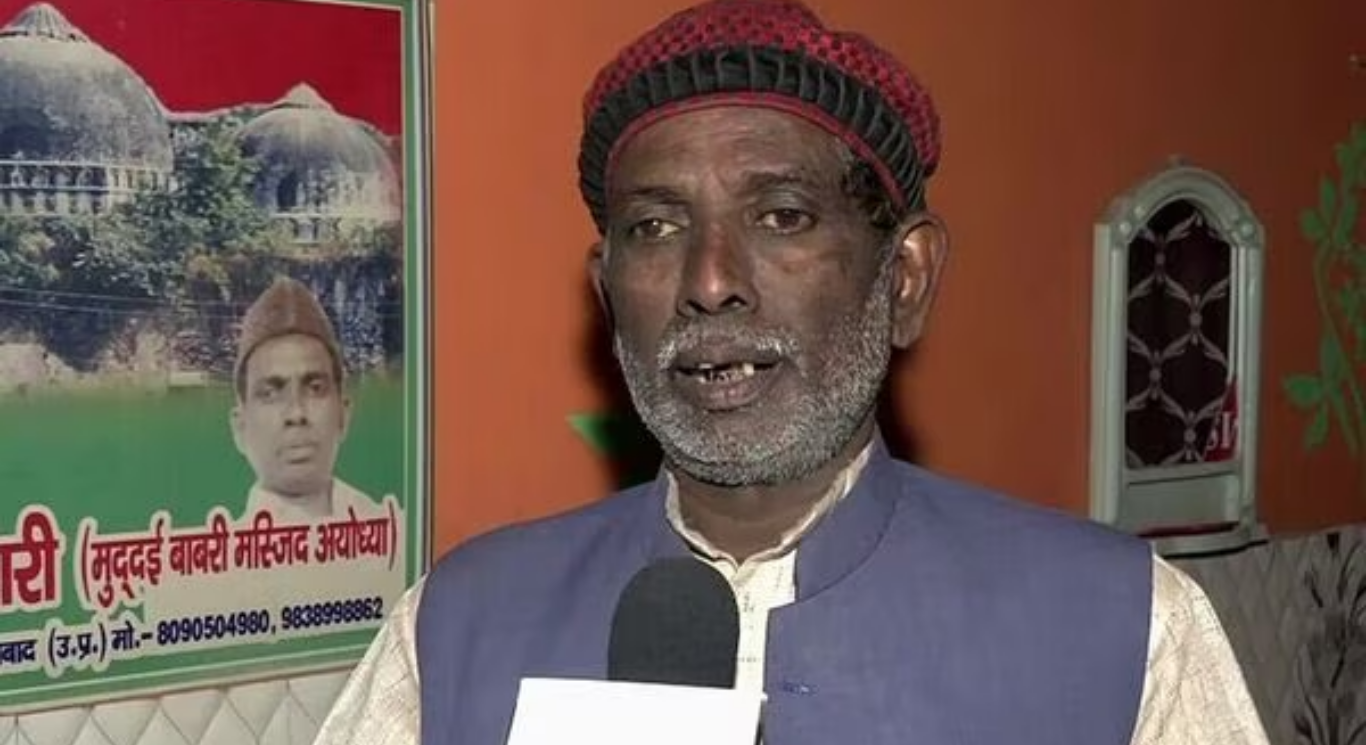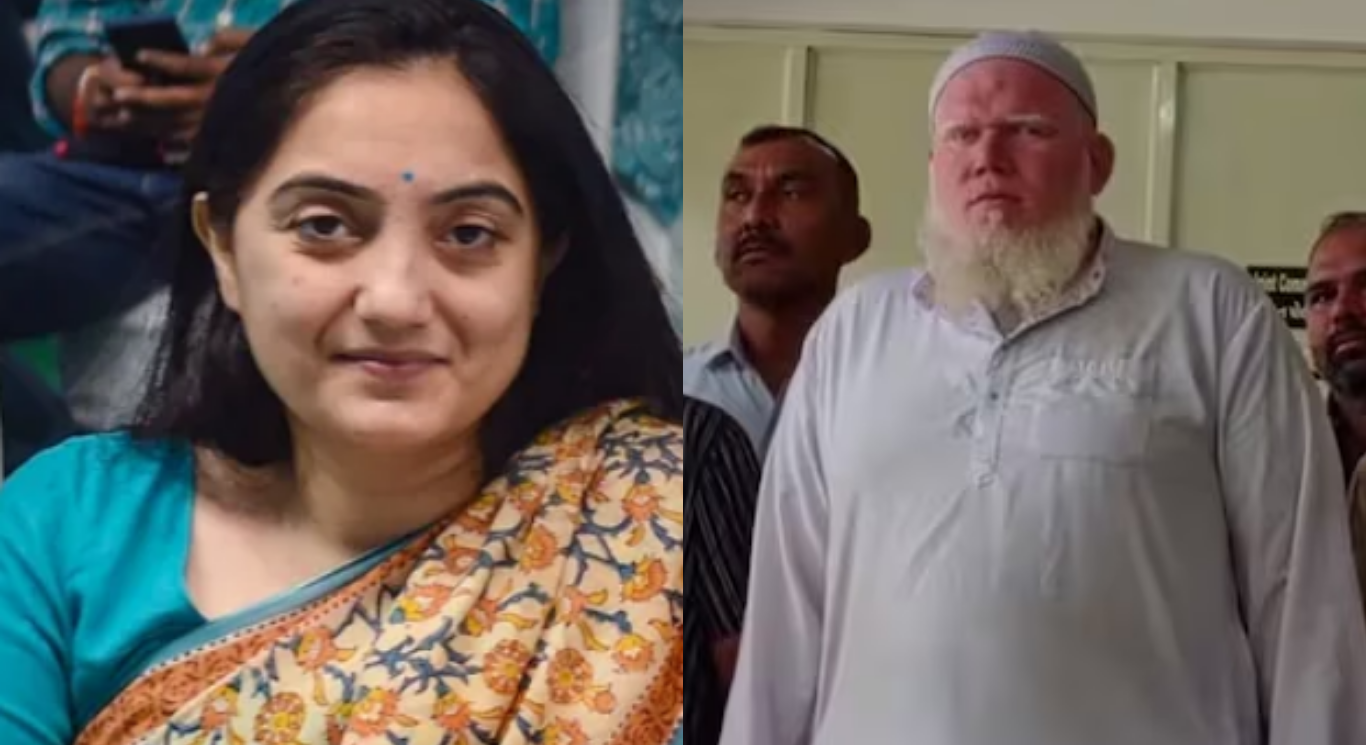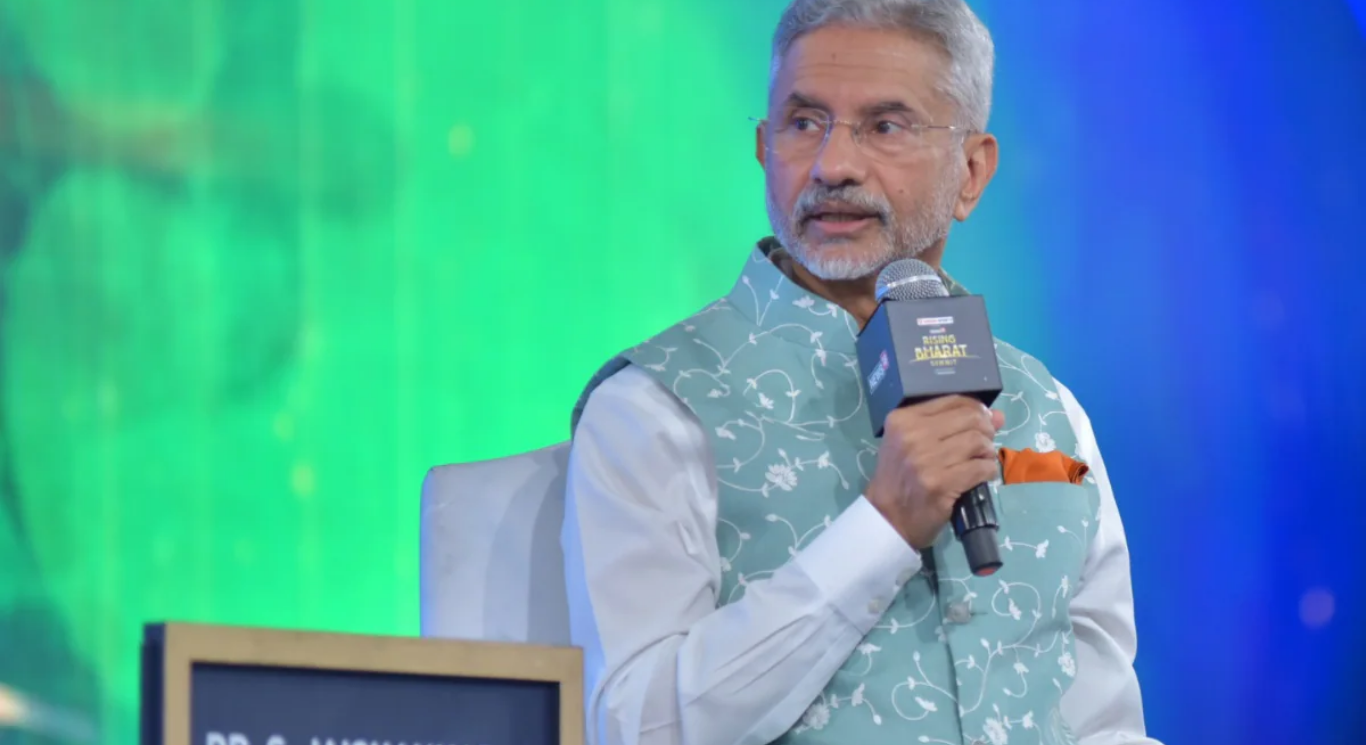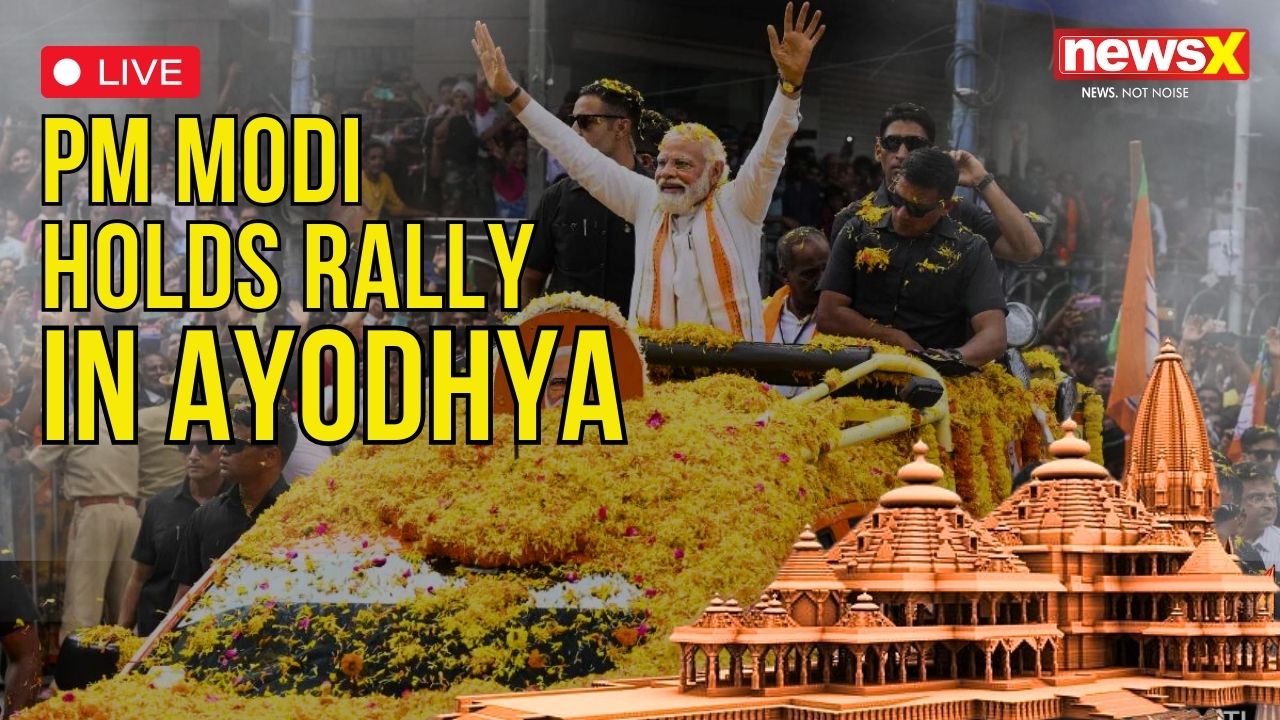










After Lancet’s critique regarding the accuracy and transparency of health data sharing, government sources emphasized India’s strong system for recording births and deaths under the Registration of Births and Deaths Act, 1969, managed through the Civil Registration System (CRS).
“Although births and deaths are to be reported within 21 days of the occurrence of the event, the Act provides for late registrations as well,” the sources said.
The Lancet raised questions about India’s continuing claim that only 0.48 million people died as a result of the COVID-19 pandemic, saying that WHO and other estimates are six to eight times larger (including excess deaths, most of which will be due to COVID-19).
“Every state generates a report within one year after the index calendar year. This leeway is given to accommodate late reporting and to collate data,” a source explained, rubbishing the claims by Lancet.









